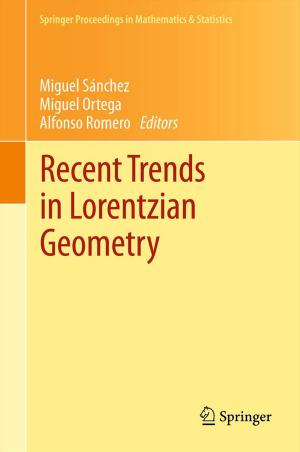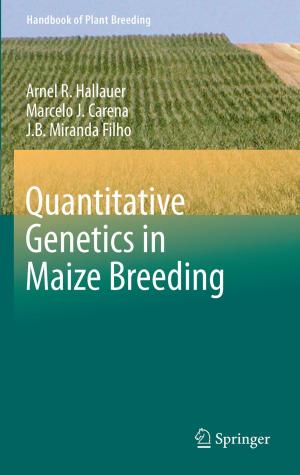Arithmetic and Geometry of K3 Surfaces and Calabi–Yau Threefolds
Nonfiction, Science & Nature, Mathematics, Number Theory, Geometry| Author: | ISBN: | 9781461464037 | |
| Publisher: | Springer New York | Publication: | June 12, 2013 |
| Imprint: | Springer | Language: | English |
| Author: | |
| ISBN: | 9781461464037 |
| Publisher: | Springer New York |
| Publication: | June 12, 2013 |
| Imprint: | Springer |
| Language: | English |
In recent years, research in K3 surfaces and Calabi–Yau varieties has seen spectacular progress from both arithmetic and geometric points of view, which in turn continues to have a huge influence and impact in theoretical physics—in particular, in string theory. The workshop on Arithmetic and Geometry of K3 surfaces and Calabi–Yau threefolds, held at the Fields Institute (August 16-25, 2011), aimed to give a state-of-the-art survey of these new developments. This proceedings volume includes a representative sampling of the broad range of topics covered by the workshop. While the subjects range from arithmetic geometry through algebraic geometry and differential geometry to mathematical physics, the papers are naturally related by the common theme of Calabi–Yau varieties. With the big variety of branches of mathematics and mathematical physics touched upon, this area reveals many deep connections between subjects previously considered unrelated.
Unlike most other conferences, the 2011 Calabi–Yau workshop started with 3 days of introductory lectures. A selection of 4 of these lectures is included in this volume. These lectures can be used as a starting point for the graduate students and other junior researchers, or as a guide to the subject.
In recent years, research in K3 surfaces and Calabi–Yau varieties has seen spectacular progress from both arithmetic and geometric points of view, which in turn continues to have a huge influence and impact in theoretical physics—in particular, in string theory. The workshop on Arithmetic and Geometry of K3 surfaces and Calabi–Yau threefolds, held at the Fields Institute (August 16-25, 2011), aimed to give a state-of-the-art survey of these new developments. This proceedings volume includes a representative sampling of the broad range of topics covered by the workshop. While the subjects range from arithmetic geometry through algebraic geometry and differential geometry to mathematical physics, the papers are naturally related by the common theme of Calabi–Yau varieties. With the big variety of branches of mathematics and mathematical physics touched upon, this area reveals many deep connections between subjects previously considered unrelated.
Unlike most other conferences, the 2011 Calabi–Yau workshop started with 3 days of introductory lectures. A selection of 4 of these lectures is included in this volume. These lectures can be used as a starting point for the graduate students and other junior researchers, or as a guide to the subject.















